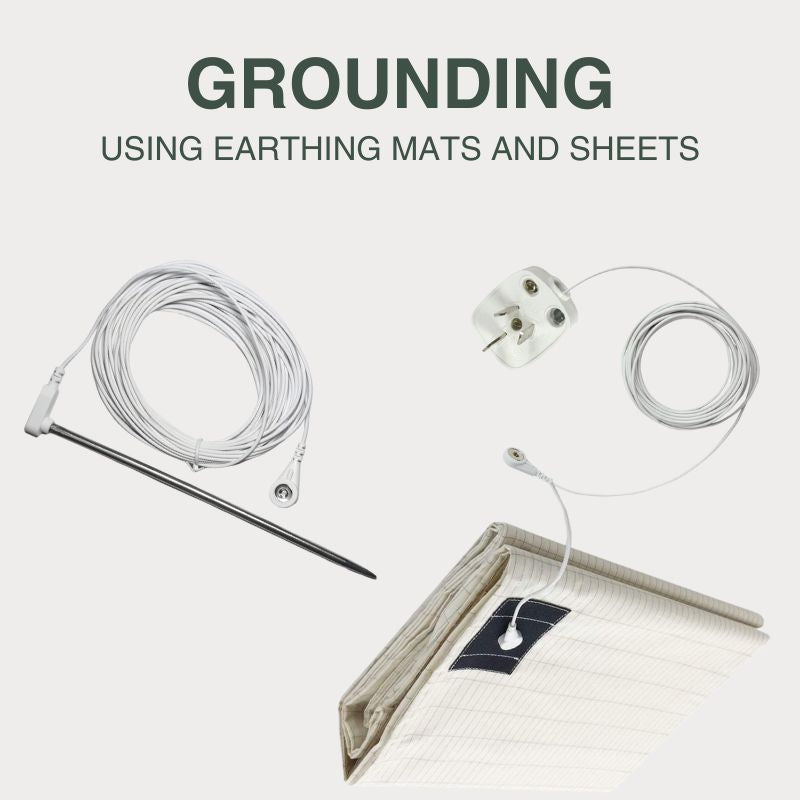
How to Connect Your Grounding Sheet or Mat to the Ground – And Why the Earth Is Still the Best Healer
Grounding, also known as earthing, is the practice of connecting your body to the Earth's natural energy. Whether you’re using a grounding sheet, mat, or simply enjoying nature barefoot, the goal is the same: restore the body's natural electrical balance, reduce inflammation, and promote better sleep and well-being. But how do you actually connect your grounding products to the Earth? And is technology really necessary for grounding?
Let’s explore the different ways you can connect your grounding sheet or mat to the ground, along with some traditional and time-tested alternatives.
Most grounding sheets and mats come with a connection cord that plugs into a grounded outlet. This outlet should have a grounding system properly connected to the Earth through the building’s electrical wiring. In Europe and North America, this typically means using the third hole (the ground pin) in a standard wall socket. It's important to test the outlet first with a grounding tester to make sure the grounding system is working correctly before plugging in any grounding product.
Another method is to use a grounding rod. This is a metal rod that you place directly into the soil outside. The other end of the cord is connected to your grounding mat or sheet. This method is especially useful for people who want to ground themselves in spaces without reliable electrical grounding, such as older homes, RVs, or off-grid environments. The rod should be inserted into moist earth for best conductivity.
Some people prefer to ground their mats by attaching them to a radiator or metal pipe that is known to be grounded. However, this method is less reliable and should only be used if you’re certain the pipe is part of a grounded system. Always verify with a tester or professional.
Beyond technology, there’s the original and most natural way to ground yourself: walking barefoot on the Earth. Whether it’s grass, soil, sand, or stone, your bare feet are designed to absorb the Earth’s negative charge. Spending as little as 20 minutes a day barefoot outdoors can have a measurable impact on your nervous system, mood, and inflammation levels. Swimming in natural bodies of water like lakes or the sea also provides grounding benefits, as water conducts electricity and connects you directly to the Earth’s surface.
Gardening with your bare hands in the soil or lying on the grass are equally effective ways to ground your body. These simple practices remind us that the Earth is always available, generous, and healing—without cords, devices, or instruction manuals.
Whether you choose to use a grounding product or prefer a more natural connection, the most important thing is consistency. Reconnecting with the Earth in any form is not only beneficial for your health but also for your sense of balance and presence in the world. Let the Earth support you—literally and energetically.
